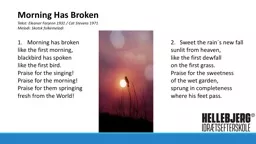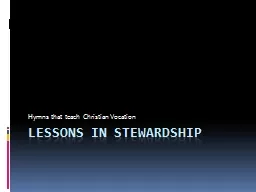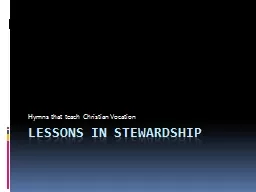PPT-Morning Session
Author : sherrill-nordquist | Published Date : 2016-02-20
1030 Introduction OBSERVATION 1045 Icebreaker Exercise Break 1200 Theory and Group Discussion 1pm Lunch Afternoon Session 145pm Exercise Reflecting on Bereavement
Presentation Embed Code
Download Presentation
Download Presentation The PPT/PDF document "Morning Session" is the property of its rightful owner. Permission is granted to download and print the materials on this website for personal, non-commercial use only, and to display it on your personal computer provided you do not modify the materials and that you retain all copyright notices contained in the materials. By downloading content from our website, you accept the terms of this agreement.
Morning Session: Transcript
Download Rules Of Document
"Morning Session"The content belongs to its owner. You may download and print it for personal use, without modification, and keep all copyright notices. By downloading, you agree to these terms.
Related Documents














